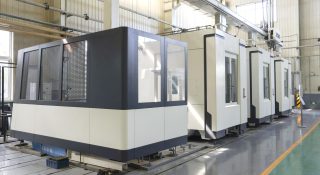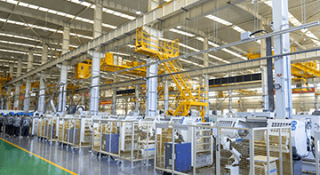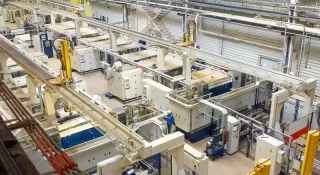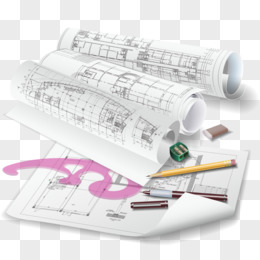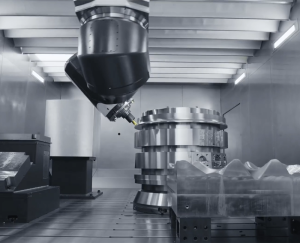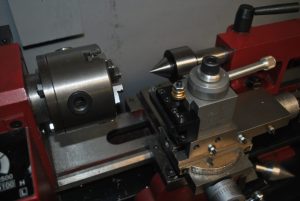Machining is a key aspect of manufacturing that involves removing material from a workpiece to create a desired shape. In today’s fast-moving industry, the selection and optimization of machining processes is key to improving product quality, reducing costs, and increasing productivity. As machining engineers, we understand that each machining process has its own unique application scenarios and advantages. In this article, we will discuss the types and characteristics of various machining processes and their applications in actual production.
Machining processes are different ways to shape metal and other materials. There are Conventional methods like turning, milling, drilling, and grinding. There are also advanced methods like Electrical Discharge Machining (EDM), laser machining, and CNC machining. Each process has its own applications and benefits.
In this article, I’ll explain all the different machining processes. I’ll compare Conventional and advanced methods so you can choose the one that’s right for you.
What is Machining?
Machining is a manufacturing process that removes material from a workpiece to get the shape and size you want. It’s how you make parts with precision and accuracy.
Types of Machining Processes
To choose the right machining process for your manufacturing needs, you need to know what the different processes are. I’ll break them down into Conventional and advanced methods.
Conventional Machining Processes
Turning
Turning uses a lathe to spin the workpiece while a cutting tool removes material from the outside diameter, creating a round shape.
Applications: Making round parts like shafts, bolts, and other things.
Advantages: You can remove a lot of material quickly. It’s good for making round shapes.
Disadvantages: You can only make round parts. The tool can wear out.
Milling
Milling uses a rotating cutter to remove material from the workpiece. You can make complex shapes with it.
Applications: Making slots, holes, and contours.
Advantages: You can make a lot of different shapes. You can make complex shapes.
Disadvantages: You need a skilled operator. It takes longer to set up.
Drilling
Drilling makes round holes in a workpiece using a rotating drill bit.
Applications: Making holes for fasteners and other things.
Advantages: It’s simple and cheap. You can do it on a lot of different materials.
Disadvantages: You can only make round holes. The drill bit can break.
Grinding
Grinding uses an abrasive wheel to remove material and give the workpiece a nice finish.
Applications: Finishing operations to get a high level of precision and a good surface finish.
Advantages: You can get a lot of precision. You can get a good surface finish.
Disadvantages: It takes a long time to remove material. It’s expensive to run.
Planing
Planing uses a single-point cutting tool that moves in a straight line to remove material from a flat surface.
Applications: Making big, flat surfaces on workpieces.
Advantages: You can do it on big workpieces. You can get a high level of accuracy.
Disadvantages: It’s slow. You can only do flat surfaces.
Broaching
Broaching uses a toothed tool that removes material in one pass to make precise shapes.
Applications: Making keyways, splines, and other complex shapes.
Advantages: You can get a lot of precision. You can make complex shapes.
Disadvantages: The tooling is expensive. You can only use it for certain things.
Boring
Boring makes existing holes bigger using a single-point cutting tool.
Applications: Getting precise hole dimensions and finishes.
Advantages: You can get a lot of accuracy. You can make big holes.
Disadvantages: You need a hole to start with. You can only do inside features.
Sawing
Using a blade with multiple teeth to remove material, suitable for cutting large pieces into smaller sections.
Applications: Cutting raw materials into manageable sizes.
Advantages: Fast and efficient, suitable for various materials.
Disadvantages: Rough surface finish, limited to straight cuts.
Honing
Using abrasive stones to improve surface finish and dimensional accuracy.
Applications: Finishing the interior surfaces of cylinders.
Advantages: High precision, excellent surface finish.
Disadvantages: Slow process, high operational costs.
Reaming
Refining and enlarging existing holes, ensuring precise diameter and improved surface finish.
Applications: Applications requiring high accuracy.
Advantages: High precision, improved hole quality.
Disadvantages: Limited to existing holes, potential for tool wear.
Tapping
Creating internal threads within a hole for fasteners like bolts and screws.
Applications: Assembly operations requiring threaded holes.
Advantages: Simple and cost-effective, high accuracy.
Disadvantages: Limited to threading, potential for tap breakage.
Shaping
Using a single-point cutting tool that moves reciprocally to remove material from the workpiece.
Applications: Producing flat and contoured surfaces.
Advantages: Suitable for various shapes, high precision.
Disadvantages: Slow process, limited to certain applications.
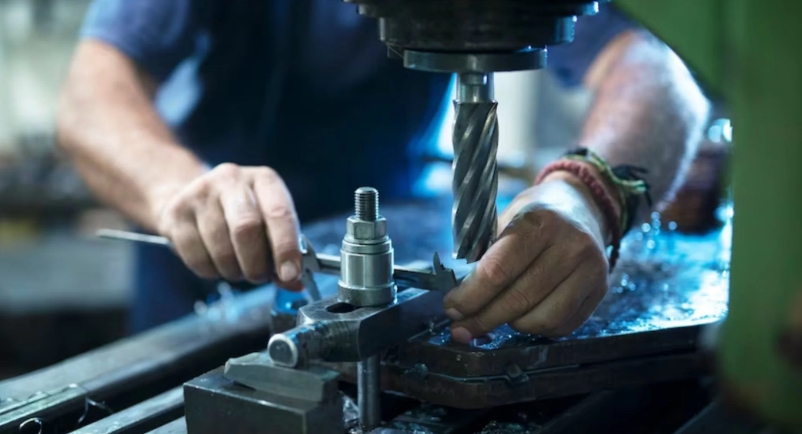
Non-Conventional Machining Processes
Electrical Discharge Machining (EDM)
Using electrical discharges to erode material from the workpiece.
Applications: Machining hard metals and creating intricate shapes.
Advantages: High precision, suitable for hard materials.
Disadvantages: Slow process, high operational costs.
Laser Machining
Using a focused laser beam to cut or engrave materials.
Applications: High precision cutting and engraving.
Advantages: High precision, minimal material waste.
Disadvantages: High initial costs, limited to certain materials.
Water Jet Cutting
Using a high-pressure stream of water, often mixed with abrasives, to cut materials.
Applications: Cutting various materials, including metals, glass, and composites.
Advantages: No heat-affected zones, suitable for various materials.
Disadvantages: High operational costs, limited to certain thicknesses.
Ultrasonic Machining
Using high-frequency vibrations to remove material.
Applications: Machining brittle materials and achieving fine finishes.
Advantages: Suitable for hard and brittle materials, high precision.
Disadvantages: Slow material removal rate, high operational costs.
Electrochemical Machining (ECM)
Using electrical currents and chemical reactions to remove material.
Applications: Machining hard and complex shapes without thermal damage.
Advantages: No heat-affected zones, high precision.
Disadvantages: High operational costs, limited to conductive materials.
Plasma Arc Machining (PAM)
Using a plasma torch to cut through materials.
Applications: Cutting thick and hard metals with high precision.
Advantages: High cutting speed, suitable for thick materials.
Disadvantages: High operational costs, limited to conductive materials.
Electron Beam Machining (EBM)
Using a focused beam of electrons to remove material.
Applications: High-precision machining of small and delicate components.
Advantages: High precision, minimal material waste.
Disadvantages: High initial costs, requires vacuum environment.
Magnetic Abrasive Finishing (MAF)
Using magnetic fields to manipulate abrasive particles for fine finishes.
Applications: Achieving fine surface finishes on workpieces.
Advantages: High precision, excellent surface finish.
Disadvantages: Slow process, high operational costs.

Conventional Machining vs. Non-Conventional Machining
Conventional machining processes involve physical contact between the tool and the workpiece, whereas non-Conventional processes use electrical, chemical, or thermal energy to remove material. Each has its advantages and disadvantages depending on the application.
Which Machining Process is More Precise?
Precision in machining depends on factors such as tool type, machine quality, and process parameters. Advanced processes like EDM, laser machining, and CNC machining generally offer higher precision compared to Conventional methods.
How to Choose the Right Machining Process
Selecting the right machining process involves considering factors such as material type, desired precision, production volume, and cost. Evaluating these factors helps determine the most suitable method for specific applications.
Summary
Understanding the various machining processes is crucial for making informed decisions in manufacturing. Each process has unique advantages, and selecting the right one ensures precision, efficiency, and cost-effectiveness. Feel free to explore further and ask questions to enhance your knowledge.
What are the four machining processes?
The four main machining processes are turning, milling, drilling, and grinding.
What are the three types of machining processes?
The three primary types of machining processes are turning, milling, and drilling.
What are the six machining operations used in manufacturing the mold?
The six machining operations include milling, drilling, grinding, high-speed machining, five-axis machining, and water jet cutting.
What are the general processes of machining?
General machining processes include milling, drilling, turning, boring, and reaming.


